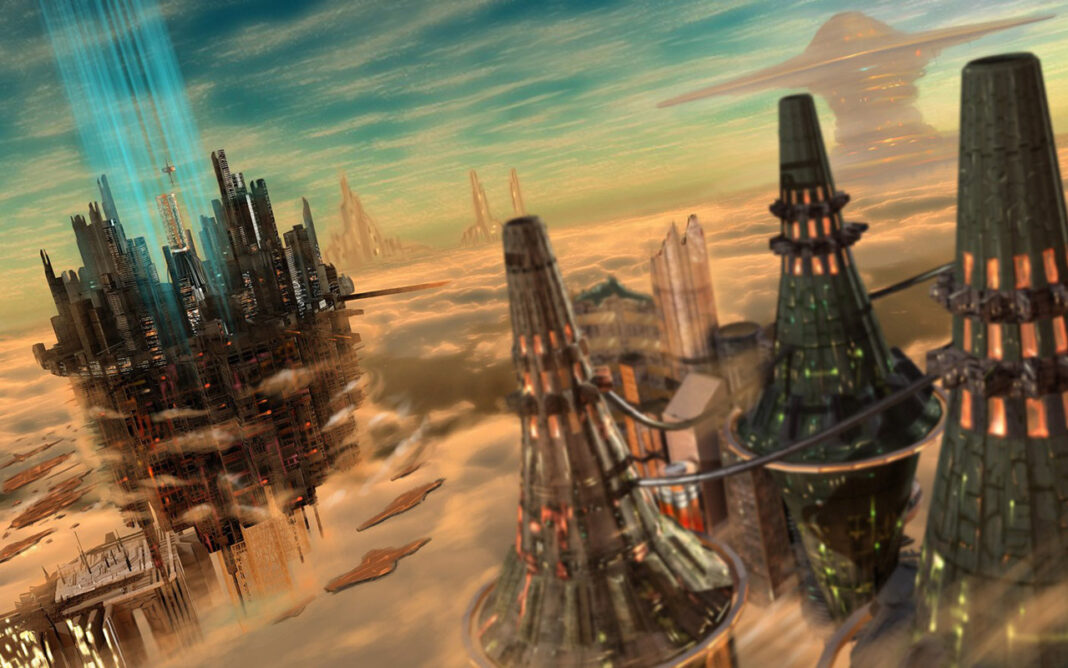Many historians focus on Western societies’ advances, but when it comes to advanced
civilizations, many look to the East. In India and Pakistan, the Indus Valley
civilizations of Mohenjo Daro and Harappa are two of the oldest ever found by
humans. In fact, they’re over 6,000 years old! In this article, we’ll explore
the top three historical advanced civilizations, their accomplishments, and
what made them so great.
1. The Indus Valley Civilization:
The Indus Valley Civilization (IVC) was a Bronze Age civilization (3300–1300 BCE; mature period 2600–1900 BCE) extending from what today is northeast Afghanistan to Pakistan and northwest India. Along with Ancient Egypt and Mesopotamia, it was one of three early civilizations of the Old World and, of the three, the most widespread. At its peak, the Indus Civilization may have had a population of over five million. Inhabitants of the ancient Indus river valley developed new techniques in handicraft (carnelian products, seal carving) and metallurgy (copper, bronze, lead, and tin). The civilization is noted for its cities built of brick, roadside drainage systems, and multi-storeyed houses. Mohenjo-Daro and Harappa were two of the biggest cities in this civilization and can still be visited today.
Mohenjo-Daro:
Mohenjo Daro is an archeological site in Pakistan, one of a number of sites associated with ancient Harappa. It was discovered in 1922 as a mounds or heap and excavated from 1922 until 1935 by archaeologist Sir Ernest Mackay. These artifacts had many different uses but were all connected by their connection to rich architecture and crafts. Some of these objects were ceremonial, which implied a rich religious life present in Mohenjo Daro at its time. Some examples are heads for animals, human sculptures made of plaster, and copper and stone carvings indicating their religious beliefs. They worshiped water/fire gods and goddesses, as evident by their statues that depicted water/fire goddesses.
The most important artifact found at Mohenjo Daro is a priest statue who held two spouts in his hands. One for pouring sacred water into fire and another for pouring it on something else (probably soil). This indicates that they believed in ritual purification. Another interesting thing about Mohenjo Daro is that it has no military fortifications, unlike other cities of its period. This means that they did not have any enemies or wars during their reign, making them unique among other civilizations found around them during their time period. Their location right next to the Indus river helped them grow crops because it provided fertile land and irrigation facilities (which they probably used). We have evidence showing how they grew crops like wheat, barley, cotton, and rice using irrigation methods.
Harappa:
Harappa was discovered in 1921 by archaeologists Rakhal Das Banerjee and Dayaram Sahani. They found many artifacts that were similar to those found at Mohenjo Daro, which led them to believe that these two sites were part of the same civilization. Harappa is notable for its great size and for the many artifacts that have been found. Some of these artifacts include seals, weights, figurines, pottery, and beads. These objects give us insight into the lives of the people who lived there. We know that they were a highly developed civilization because of the many objects that have been found. For example, the fact that they had seals shows that they had a system of writing, which was very advanced for their time. The fact that they had weights shows that they had a system of trade, which was also very advanced for their time.
The most important discovery at Harappa is the discovery of the city itself. The city was huge, and it was obviously very well-planned. The city was divided into the citadel and the lower town. The citadel was the fortified part of the city where the rulers and their families lived. The lower town was where the rest of the people lived. There were many streets and lanes in the lower town, and each one was lined with houses. The discovery of Harappa was very important because it showed that there was a highly developed civilization in the Indus Valley. This civilization was contemporary with the civilizations of Mesopotamia and Egypt, but it was very different from them.
2. Mayan Civilization:
The second historical advanced civilization is the Mayan Civilization. The Maya civilization was a Mesoamerican civilization developed by the Maya peoples and noted for its hieroglyphic script. The only known fully developed writing system of the pre-Columbian Americas as well as for its art, architecture, mathematics, calendar, and astronomical system. The Maya civilization developed in an area encompassing southeastern Mexico, all of Guatemala and Belize, and the western portions of Honduras and El Salvador. This civilization flourished from AD 300 to 900.
The Maya civilization is one of the most interesting and complex civilizations in history. They had a highly developed system of writing, art, and mathematics. The Maya were also great astronomers, and they developed a calendar that was more accurate than the one used in Europe at that time. One of the fascinating aspects of the Maya civilization is their religion. The Maya believed in a pantheon of gods and goddesses, and they had many ceremonies and rituals associated with their religion.
3. Inca Civilization:
The third historical advanced civilization is the Inca Civilization. The Inca civilization was the largest empire in pre-Columbian America. The empire extended from the northern part of South America to the southern part of South America. It included parts of what are now Ecuador, Peru, Bolivia, Chile, and Argentina. The Inca civilization began around 1200 AD, ending around 1533 AD.
The Inca civilization is best known for its grandiose architecture, including the famous site of Machu Picchu. Machu Picchu is a UNESCO World Heritage Site and one of Peru’s most popular tourist destinations. The Inca also had a highly developed system of agriculture, and they were able to grow crops at the high altitude of the Andes Mountains. The Inca civilization was very complex and fascinating, and it is one of the most interesting civilizations in history.
The three historical advanced civilizations that have been discussed in this article are the Harappan Civilization, the Mayan Civilization, and the Inca Civilization. These civilizations were all very different from each other, but they all had some similarities. They were all highly developed civilizations with complex writing, art, mathematics, and agriculture systems. They were also all great builders, and they left behind some of the most impressive archeological sites in the world.

